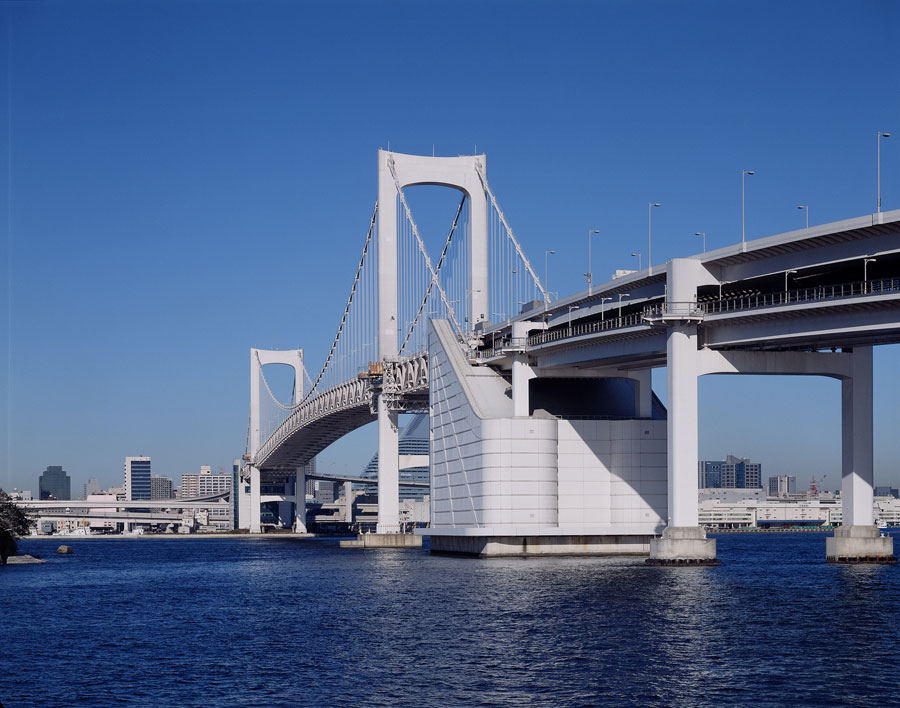In the early 1990’s, the bridge was completely recoated for the first time in over 80 years using $55 million appropriated by Congress. The color selected for the topcoat was known as “Hell Gate Red” a deep natural red. The coating was a 4-coat system, two of epoxy, a pigmented polyurethane coat, and a clear topcoat designed to preserve the red color of the bridge. Unfortunately, the bridge began to change color even before the repainting was completed.
The Story of Hell Gate Bridge And Its Faded Coating
Categories Bridges



